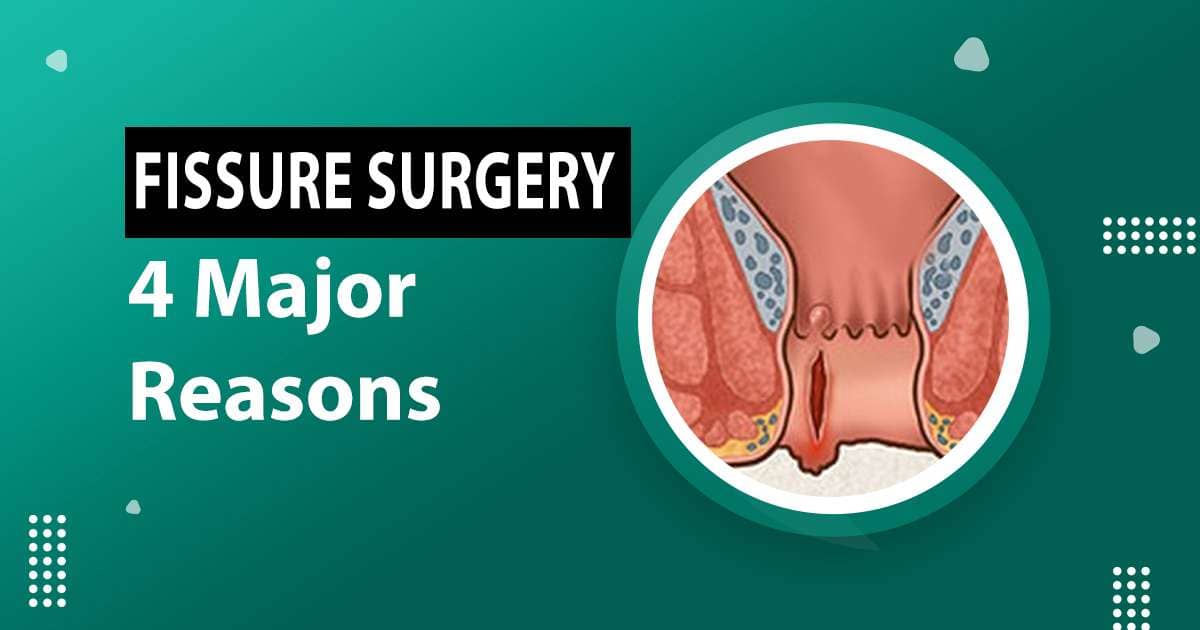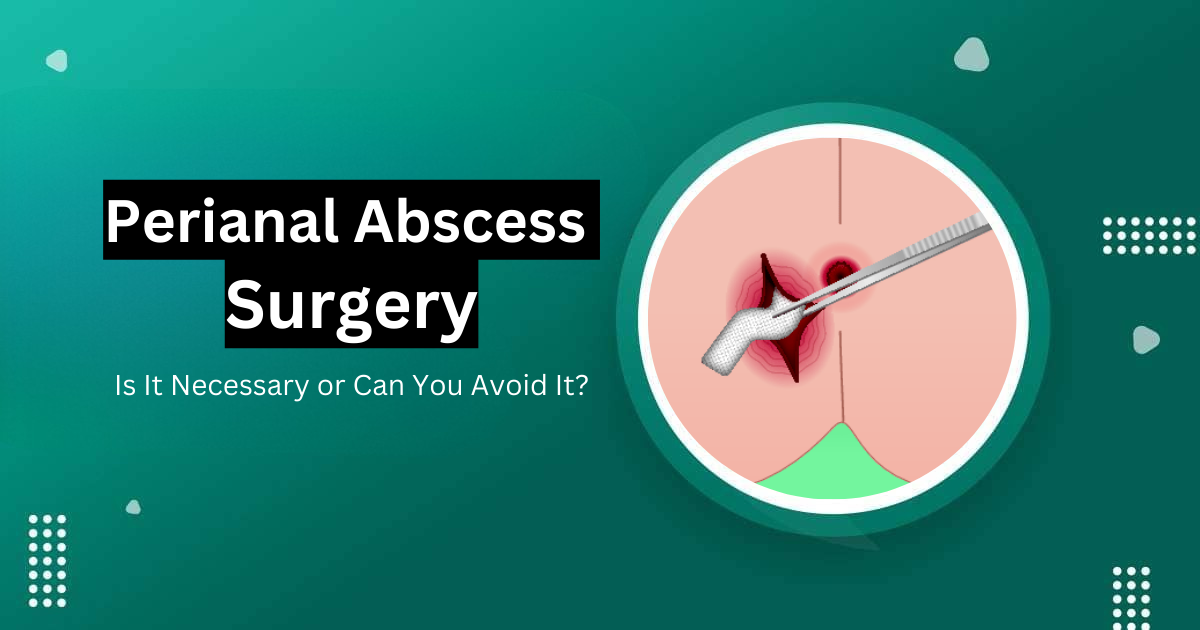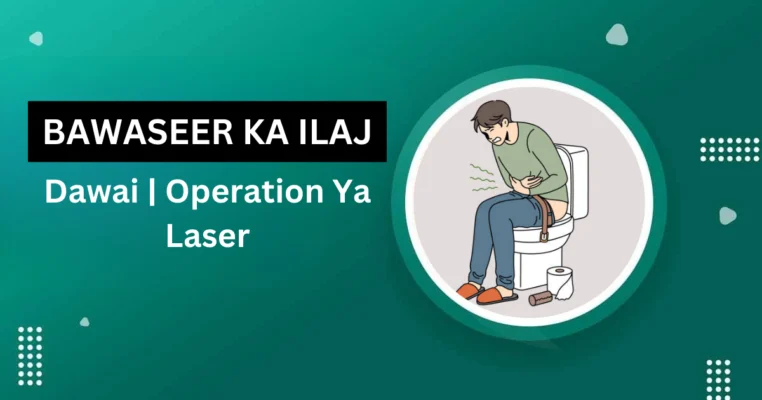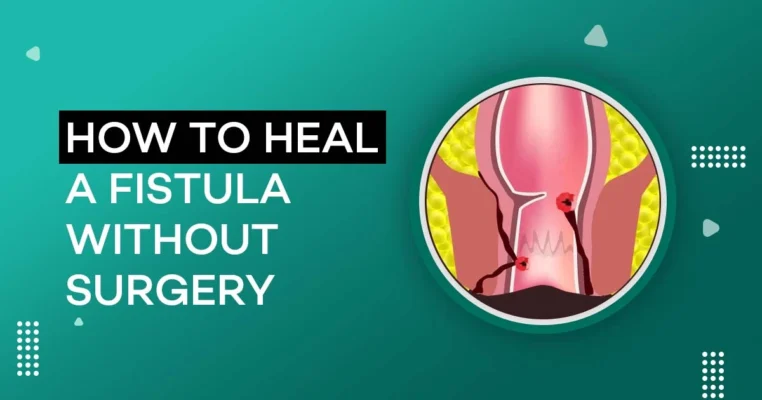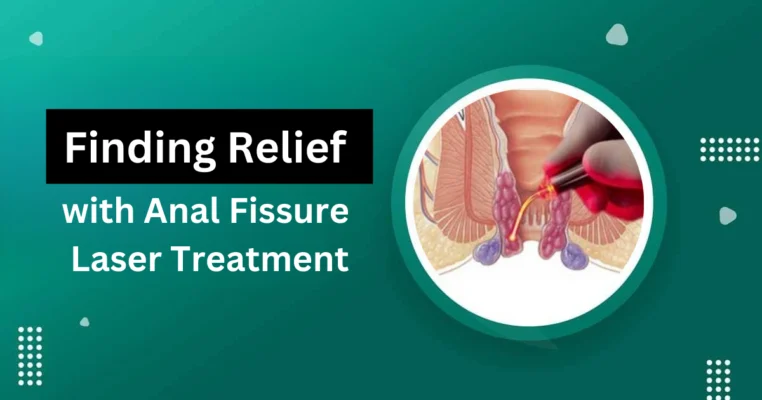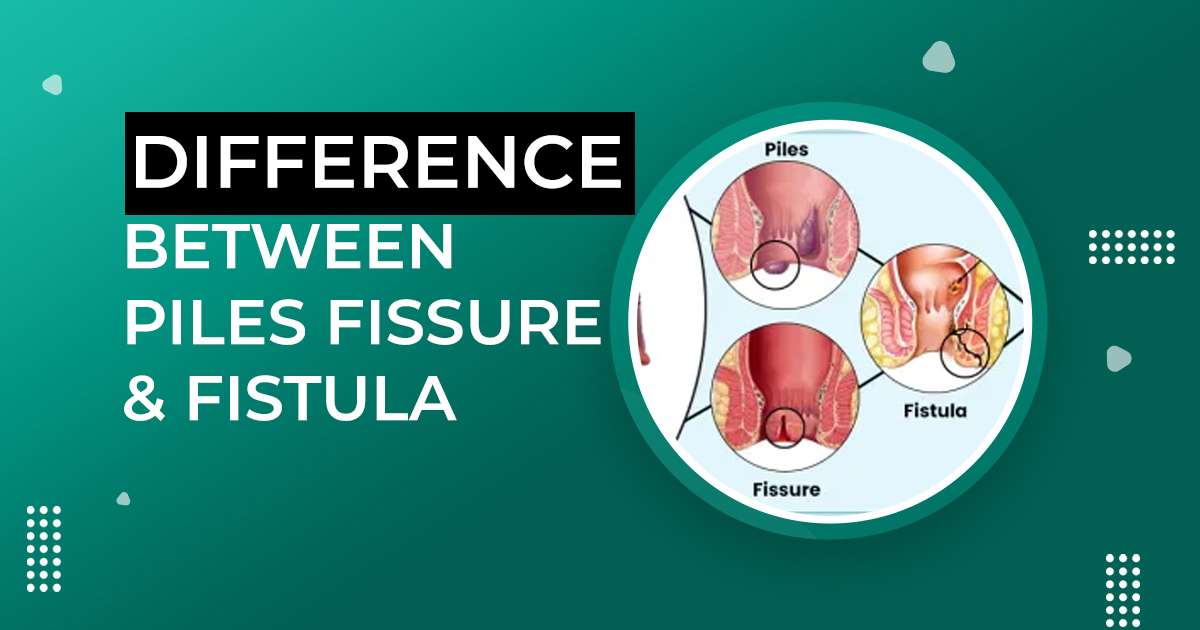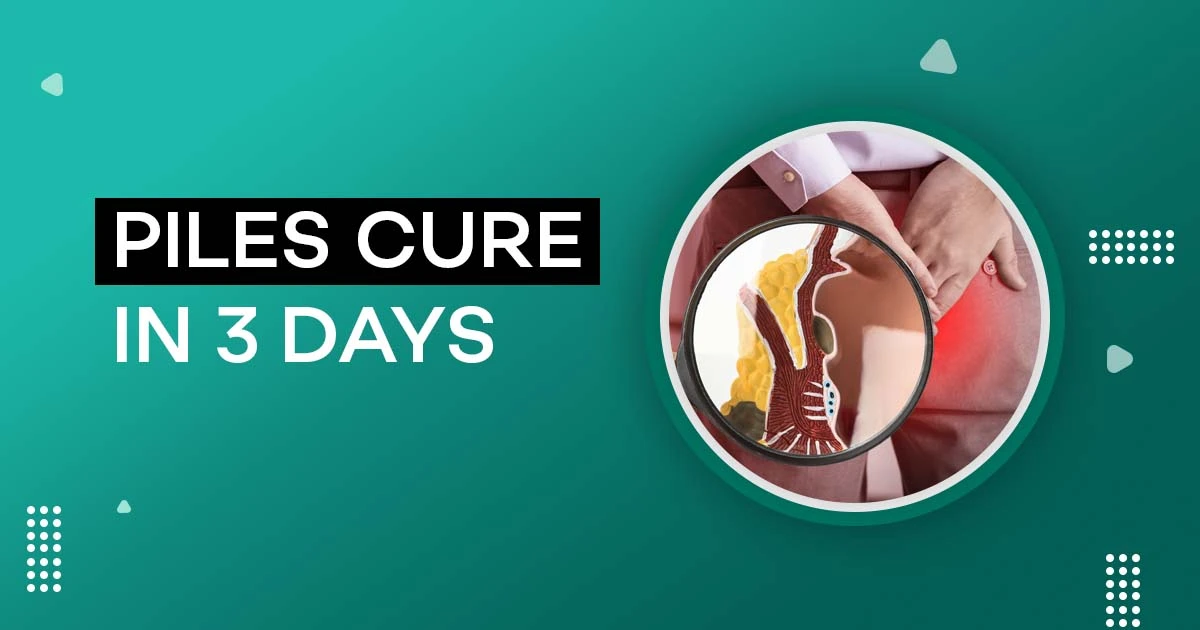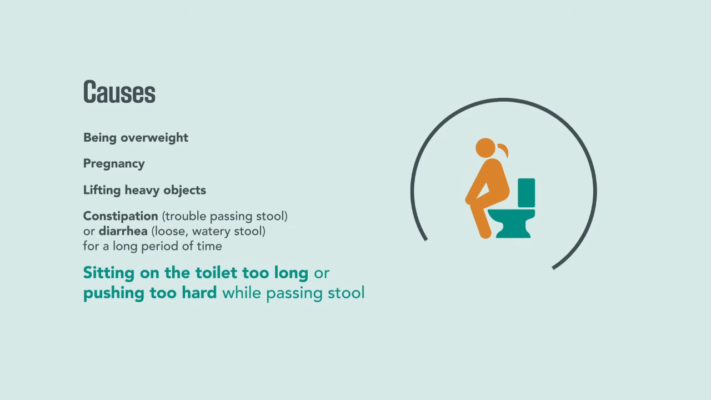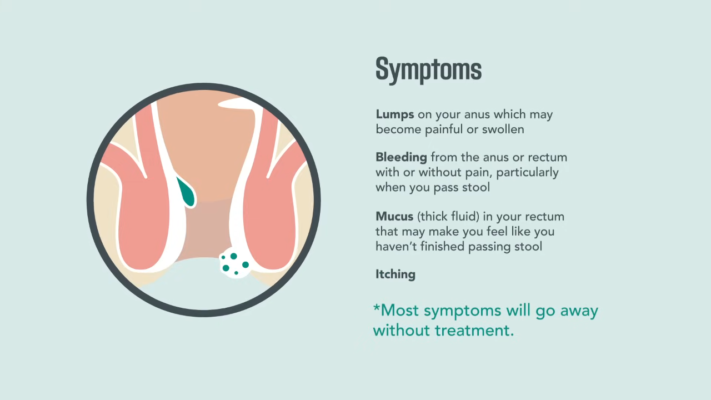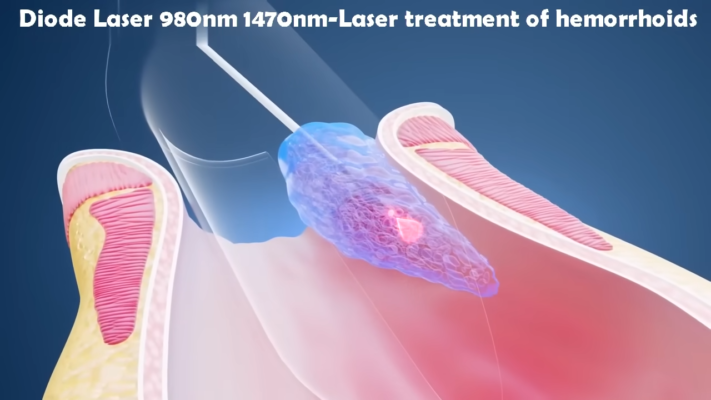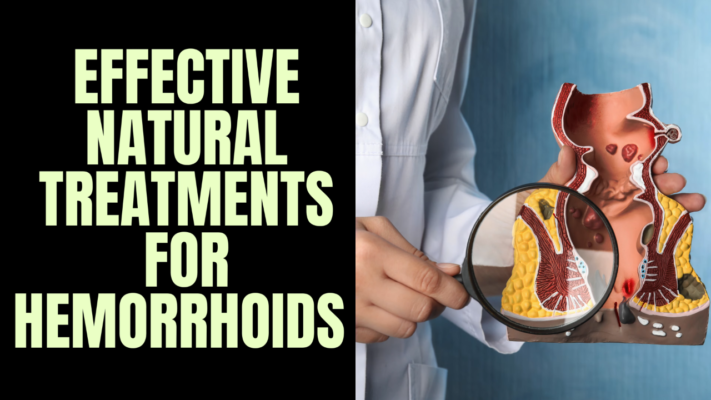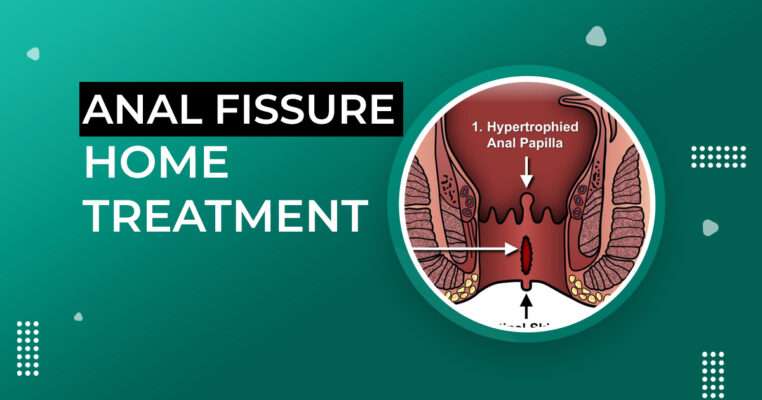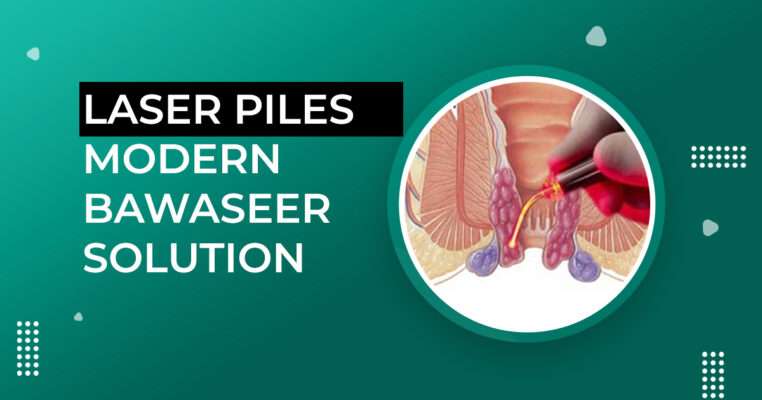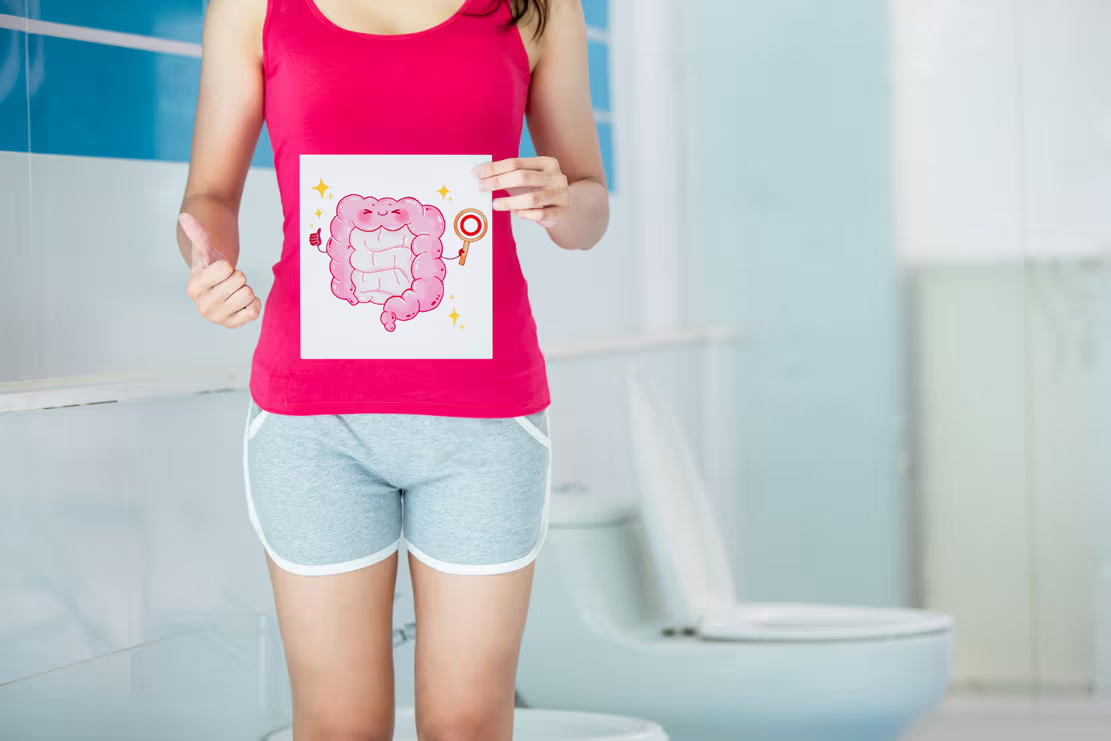Anal bleeding, jo urdu mein “maqad se khoon behna” kehlata hai, aik aam aur pareshani se mutaliq mazboot jazbat paida kar sakta hai. Yeh masla kisi bhi insan ko aksar bina kisi warning ke hota hai. Anal bleeding asal mein maqad, pait aur bars jese azaa mein hone wale masail ki nishani ho sakti hai. Is blog mein hum aapko anal bleeding ke chand aham wajahon ke bare mein batayenge, jinhe samajhna aapke liye zaroori hai. Maqad se khoon behne ki shikayat kisi bhi umar ke shakhs mein ho sakti hai aur iska ilaj zaroori hota hai takay asal masla jaldi se pehchan liya ja sake. Anal bleeding ki wajah se honewale masail ko janna aur samajhna aapki sehat aur zindagi ko behtar bana sakta hai. Isliye, chaliye shuru karte hain aur anal bleeding ke mukhtalif asal wajahon par gaur karte hain.
Book An Appointment Now For Anal Fistula Treatment in Karachi

Anal Bleeding in English
Anal bleeding refers to the presence of blood during or after a bowel movement. It can appear as bright red blood on toilet paper, in the toilet bowl, or mixed with stool. Common causes include hemorrhoids, anal fissures, or more serious conditions like gastrointestinal disorders. If you experience persistent or severe anal bleeding, it’s essential to consult a healthcare professional for proper diagnosis and treatment.
6. Asal Wajahain Jo Aapko Pata Hona Zaruri Hai
1. Anal Fissure (Maqad Mein Ched)
Anal fissure, jo Urdu mein “maqad mein ched” kehlata hai, aik aam masla hai jo maqad (anus) ke aas paas hone wala hota hai. Yeh aksar dard aur khoon aane ki pareshani ke sath hota hai. Is masle mein maqad ke andar ya bahar ched ho jata hai, aur jab khana khane ya roz marra ke kamo mein dabav barhta hai, to maqad mein ched mein chot lag sakti hai.
2. Hemorrhoids (Bawaseer)
Bawaseer, jo urdu mein hemorrhoids kehlata hai, aik aam aur pareshan kun masla hai jo insano ko aksar pareshan karta hai. Yeh aik aisi bimari hai jisme ragon ki sujan (swelling) aur maqad (anus) ke aas paas ki ragon mein khoon jam jata hai. Is se mehsoos hone wala dard aur khujli ke sath-sath, khoon ke qatra (bleeding) , bhi aana shuru ho jate hain.
3. Gastrointestinal Problems (Pait Ki Bimariyan)
Gastrointestinal problems, yaani pait ki bimariyan, insano ke pait aur hazam karne wale nizam mein aam masail hai jo asal tareeqe se khana hazam karne aur posheeda aasrat ko nikalne mein mushkilat paida kar sakti hain. Yeh masail aksar pait mein dard, gas, qabaz, aur bawaseer jese pareshaniyon ke sath aate hain.
4. Diverticulosis (Aant Ki Tangon Mein Chubhan)
Diverticulosis aik pait ki bimari hai jis mein pait ke aant (colon) ki tangon mein chubhan (diverticula) paida ho jati hai. Ye chubhan aksar barhi umar ke logon mein dekhi jati hai. Jab ye chubhan aant ke nizam mein paida hoti hai, to isay diverticulosis kehte hain. Diverticula ya chubhan aant ke tangon ki diwaron mein pressure barhne aur kamzor ho jane se ban sakti hain. Aksar, kamzor diwaren pressure ke nateejay mein thaili (pocket) ki tarah bulge karti hain. Ye chubhan choti hoti hain, lekin barhne wale umer ke sath sath ye bhi barh sakti hain.
5. Colon Cancer (Bars Ki Bimari)
Bars ki bimari, yaani colon cancer, aik shadeed aur zeharila marz hai jisme aant ke hisse ko cancerous cells ya tumor attack karte hain. Ye marz aksar pait ke aant (colon) ya rektam ke ilaqe mein shuru ho jata hai. Agar isay waqt par nahi pehchana aur ilaj nahi kia jaye, to ye marz jan lewa sabit ho sakta hai. Colon cancer ki wajahen mukhtalif ho sakti hain, lekin iska sabab aksar barhne wale umer, genetic predisposition (nasli maqamiyat), aur ghalat khurak (unhealthy diet) hoti hain. Zyada tala hua aur kam fiber wala khana khane se, pait ke aant mein changes aane ka khatra barh jata hai, jis se cancer ki bimari ka andesha hota hai.
6. Infection (Infection)
Infection, yaani infection, aik aam masla hai jo insan ki sehat ko mutasir kar sakta hai. Yeh masla kisi bhi umar ke shakhs ko la sakta hai aur kai tarah ke bacteria, viruses, aur fungi se ho sakta hai. Infection se mutaliq aam taur par bukhar, khansi, flu, aur dusre respiratory masail mein izafa hota hai. Infection se bachne aur iska ilaj mukhtalif tareeqon se hota hai. Aksar bukhar ya khansi ke dawaiyan istemal ki jati hain, jabke zyada critical maqamat par antibiotics bhi diye jate hain. Infection se bachne ke liye safai aur hygiene ka khayal rakhna bhi aham hai. Haath dho kar khana khana aur bachon ko vaccine dena infection se bachne mein madadgar sabit ho sakte hain.
Nateja
Anal bleeding ek aam masla hai, lekin isay ignore nahi karna chahiye. Agar aapko ya aapke kisi aziz ko maqad se khoon behne ki pareshani ho, to foran doctor se muzakrat karein. Doctor aap ko tashkhis lagakar sahi ilaj tajwez karenge. Iske ilaj ke liye waqt par amal karna zaroori hai taake aap ki sehat ko nuksan na pohche. Hamesha apni sehat ka khayal rakhein aur doctor ki hidayat par amal karein. [simple-author-box]


